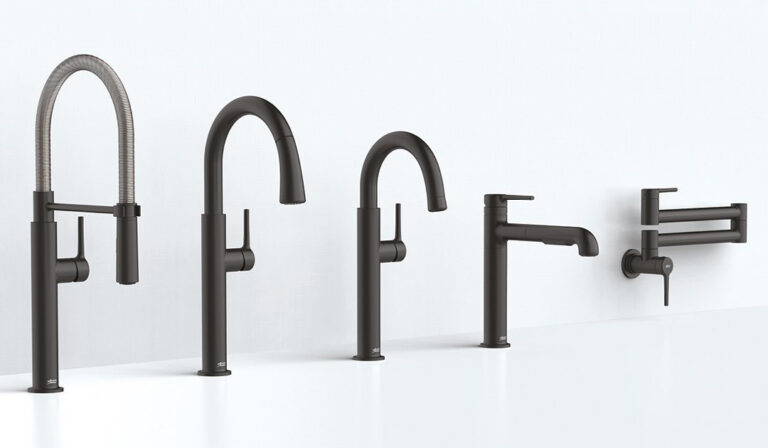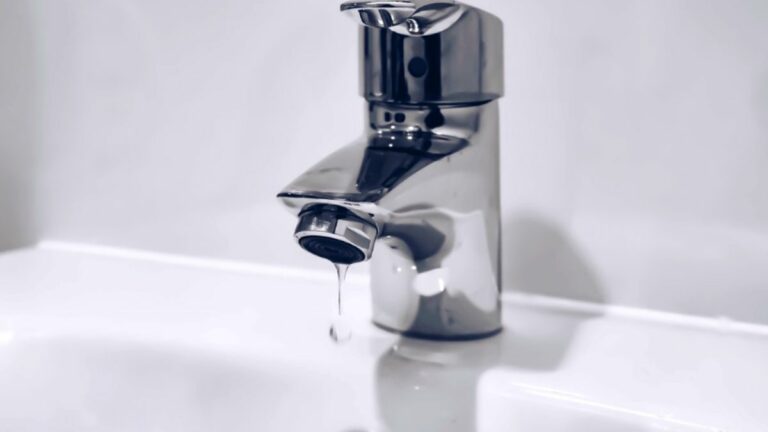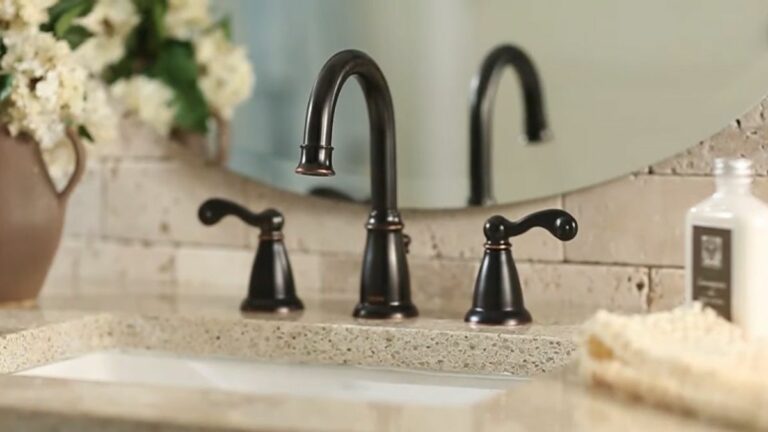How To Install Undermount Kitchen Sink
Installing an undermount kitchen sink can significantly elevate the look and functionality of your kitchen. Unlike traditional drop-in sinks, undermount sinks create a seamless countertop surface that’s easier to clean and looks sleek. But getting it right requires some careful preparation and the right techniques. In this guide, you’ll learn step-by-step how to properly install an undermount kitchen sink with clear instructions that’s perfect for DIY enthusiasts and homeowners looking to upgrade their kitchen.
Preparing For Installation
Choosing The Right Undermount Sink
Selecting the perfect undermount sink starts with considering your kitchen’s size, style, and usage. Look for sinks made from durable materials like stainless steel or granite composite, both resist scratches and stains well. Also, choose a size that matches your countertop cutout and leaves room for accessories like dish racks or garbage disposals.
Gathering Necessary Tools And Materials
Before diving in, make sure your workspace is ready with all essential tools at hand. You’ll need:
- Silicone sealant (kitchen-grade, waterproof)
- Mounting clips and brackets (usually come with the sink)
- Caulking gun
- Adjustable wrench and screwdriver
- Measuring tape and pencil
- Jigsaw or oscillating saw (if resizing the countertop hole)
- Cleaning supplies (rags, rubbing alcohol)
Having everything ready prevents interruptions during installation.
Measuring And Marking The Countertop
Precision here is key. Measure the existing cutout or the spot where the sink will go. Use your sink template or the sink itself to mark the exact position on the countertop’s underside. Double-check measurements to ensure alignment with plumbing fixtures. Mark where mounting clips will attach so the sink sits securely and flush against the countertop.
Removing The Old Sink And Cleaning The Area
Start by turning off the water supply and disconnecting plumbing beneath the sink. Remove the drain pipes and any mounting hardware of your old sink. Gently lift out the sink, this might require loosening adhesive or clips holding it in place.
Once the old sink is out, thoroughly clean the countertop edge and underside where the new sink will be mounted. Remove all old sealant, debris, and grime using rubbing alcohol or a suitable cleaner. This ensures optimal adhesion of the sealant and a watertight fit for your new undermount sink.
Installing The Undermount Kitchen Sink
Applying Sealant And Positioning The Sink
Apply a continuous bead of high-quality kitchen silicone sealant around the edge of the sink’s rim where it meets the countertop. Carefully lift the sink into position from underneath the countertop, aligning it perfectly with your marks. Press gently to create a tight seal.
Attaching Mounting Clips And Securing The Sink
While holding the sink steady, attach the mounting clips to the underside of the countertop using screws or bolts provided. Space the clips evenly around the sink’s perimeter, typically every 6 to 8 inches, for secure support. Tighten each clip gradually, alternating sides to maintain even pressure and prevent misalignment.
Letting The Sealant Cure Properly
After securing the sink, resist the urge to move or apply water to the area. Let the sealant cure undisturbed for at least 24 hours or follow the manufacturer’s instructions. This curing time is critical to achieving a durable, waterproof bond between the sink and countertop. Skipping or rushing this step can lead to leaks or loosened mounting later.
Connecting Plumbing And Testing For Leaks
Reconnect the drain assembly and plumbing lines using your wrench and screwdriver. Tighten all connections carefully but avoid overtightening, which can damage fittings.
Turn your water supply back on and run water into the sink, observing all drain lines and connections for leaks. It’s smart to check underneath after a few minutes of running water as some leaks only appear under pressure. If you find any drips, gently tighten the fittings or reapply plumber’s tape as needed.
Installing Faucet And Accessories
Now that the sink is secure, install your faucet and any additional accessories like soap dispensers or sprayers. Follow the manufacturer’s instructions and make sure to seal around faucet bases with plumber’s putty or silicone caulk to prevent water seepage down into the countertop. Test the faucet thoroughly to ensure proper function and no leaks at the base or supply lines.
Tips For Maintaining Your Undermount Sink
Maintaining your undermount sink keeps it looking great and functioning well for years:
- Wipe down the sink rim and countertop daily to avoid buildup of grime and mold.
- Avoid harsh chemical cleaners or abrasive pads that can damage sink surfaces.
- Use a sink grid or mat to protect the bottom from scratches and dents.
- Regularly check plumbing connections and sealant for signs of wear or leaks.
Simple upkeep prevents costly repairs and preserves the clean, sleek look undermount sinks provide.
Troubleshooting Common Installation Issues
If you run into issues, here are some common problems and fixes:
- Sink not sitting flush: Check for debris or uneven mounting clips. Loosen and reposition clips carefully.
- Leaks at the rim: Ensure sealant bead is continuous and sufficient. You may need to remove the sink, clean, and reapply sealant.
- Mounting clips slipping: Tighten clips incrementally and inspect for damage. Consider reinforcing with additional brackets.
- Water pooling near sink edges: Verify that the countertop cutout is correct and the sink is sealed tightly.
These troubleshooting tips can save time and frustration during your installation.
Conclusion
Installing an undermount kitchen sink might seem challenging initially, but with the right preparation and careful attention to each step, you can achieve professional results. A well-installed undermount sink not only boosts your kitchen’s aesthetic but also makes cleanup easier and more efficient. Remember to measure precisely, take your time applying sealant and securing the sink, and always test for leaks before finishing. With these guidelines, your new sink will serve you well for years to come, bringing both style and function to the heart of your home.



